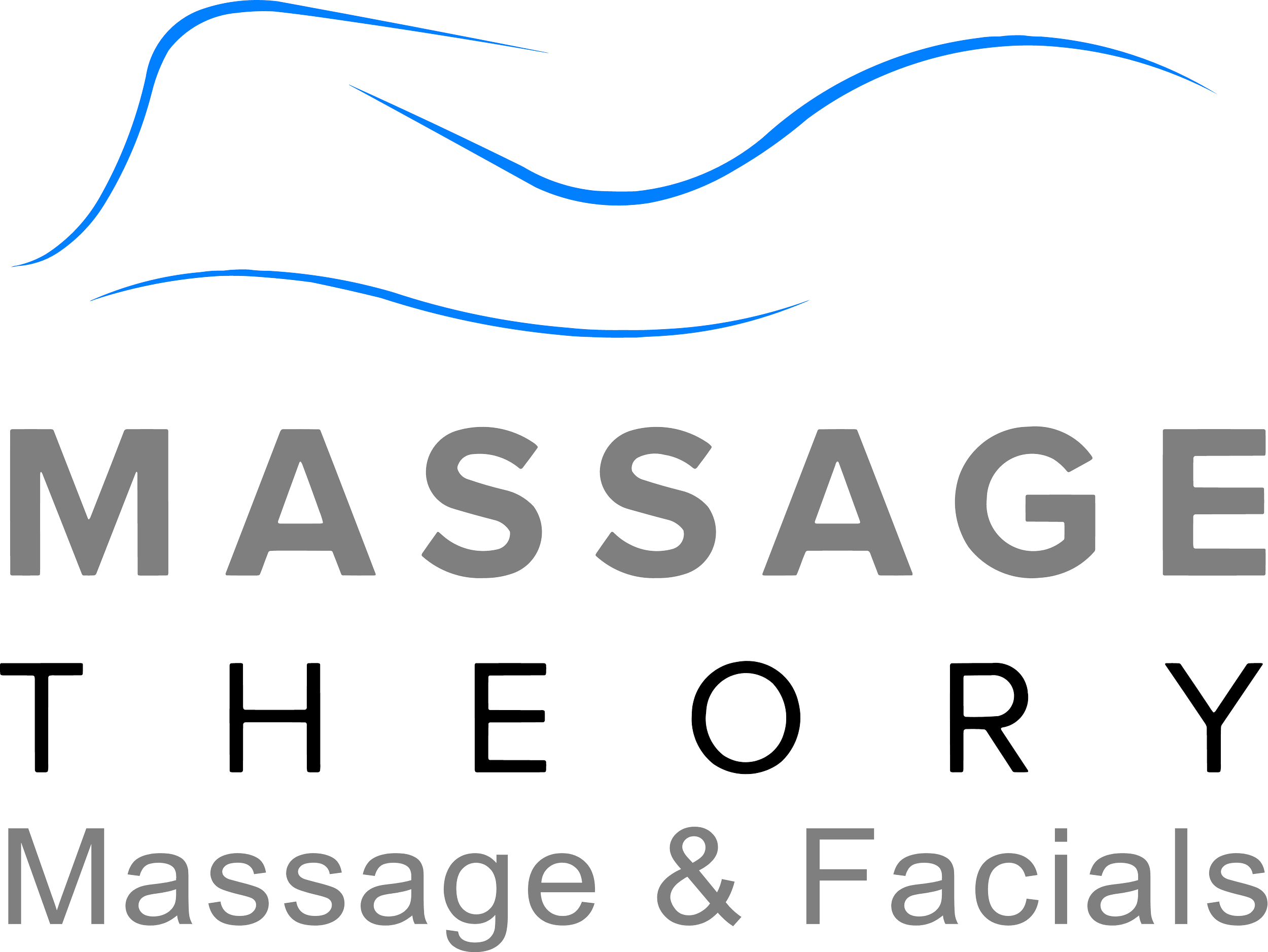What to Know About Vibration Therapy
Vibration therapy is an exercise that stimulates muscles with vibrations. This can provide temporary pain relief and increase blood flow to areas in need of healing.
Vibration machines may reduce arterial stiffness, which could be the precursor to various health issues like heart disease. They also reduce stress and enhance metabolism. Let’s look a bit closer at vibration therapy.
What is Vibration Therapy?
Vibration therapy is a non-invasive, safe, and effective way to promote overall health by stimulating blood flow, circulation, tissue growth, and pain relief. It can reduce stress, improve joint strength and flexibility, boost immune system function, and reduce inflammation.
Whole-body vibration therapy uses sound waves to send vibrations throughout your entire body. You can stand, sit or lay on a platform that vibrates to send these gentle tones deep inside you.
Localized vibration therapy is a type of vibration therapy that uses a hand-held device to vibrate an area on the body. The vibrations reach into muscles in that region and encourage them to relax and release tension.
Studies have demonstrated that vibration therapy may be beneficial to those suffering from rheumatoid arthritis and muscle-related disorders like multiple sclerosis (MS). Not only does it decrease pain, strengthen leg muscles and boost bone density, but some studies suggest it could even aid those living with Parkinson's disease by relieving tremors and rigidity.
How Does Vibration Therapy Work?
Vibration therapy is a type of physical exercise that uses whole-body vibration to stimulate and strengthen muscles. It may also be employed in treating specific health issues.
Vibration therapy has been found to be an effective treatment for rheumatoid arthritis (RA). Studies have demonstrated that it can help people with RA improve their flexibility and function.
The therapy works by vibrating a platform to send hundreds of vibrations per second through the body, aiding in circulation and speeding up healing.
Therefore, it can reduce pain and inflammation throughout the body, ease tension, and strengthen immunity.
Vibration therapy can also be beneficial in strengthening tendons, which in turn helps enhance mobility and health. Furthermore, it may prevent chronic tendon injuries - the formation of scar tissue that weakens and restricts motion - from occurring.
What Are the Benefits of Vibration Therapy?
Vibration therapy offers many health advantages. Not only does it reduce pain, muscle stiffness, and other conditions; but it can also hasten the healing process after an injury.
Vibration therapy offers many health advantages, one of which is increased blood flow which promotes natural healing. It may even promote bone growth by activating osteoblasts - cells responsible for building bones.
It can also reduce inflammation and swelling. It has the potential to alleviate a variety of aches and pains, such as arthritis, fibromyalgia, migraines, and headaches.
Vibration therapy also has another advantage; it can speed up recovery after workouts. Studies have demonstrated that five minutes of low-level vibration can reduce muscle soreness and enhance recovery time after strenuous exercise.
What Are the Risks of Vibration Therapy?
Vibration machines cause your muscles to contract and relax repeatedly, increasing heart rate and energy output - meaning you'll still be burning calories even while at the gym!
However, there can be risks to using this kind of therapy. For instance, it isn't advised for individuals with certain health conditions such as cardiovascular disease or blood clotting disorders.
Furthermore, people who have recently undergone sprains or orthopedic surgery should not use these devices. Doing so could make their injuries worse due to increased muscle contractions, and essential stitches could become dislodged.
